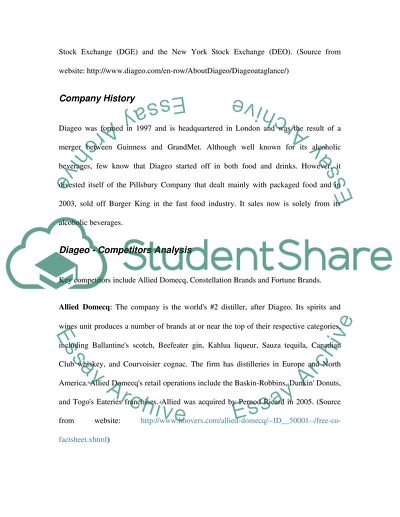Cite this document
(“Diageo-Marketing Case Study Example | Topics and Well Written Essays - 2750 words”, n.d.)
Diageo-Marketing Case Study Example | Topics and Well Written Essays - 2750 words. Retrieved from https://studentshare.org/marketing/1499672-diageo-marketing-case-study
Diageo-Marketing Case Study Example | Topics and Well Written Essays - 2750 words. Retrieved from https://studentshare.org/marketing/1499672-diageo-marketing-case-study
(Diageo-Marketing Case Study Example | Topics and Well Written Essays - 2750 Words)
Diageo-Marketing Case Study Example | Topics and Well Written Essays - 2750 Words. https://studentshare.org/marketing/1499672-diageo-marketing-case-study.
Diageo-Marketing Case Study Example | Topics and Well Written Essays - 2750 Words. https://studentshare.org/marketing/1499672-diageo-marketing-case-study.
“Diageo-Marketing Case Study Example | Topics and Well Written Essays - 2750 Words”, n.d. https://studentshare.org/marketing/1499672-diageo-marketing-case-study.


